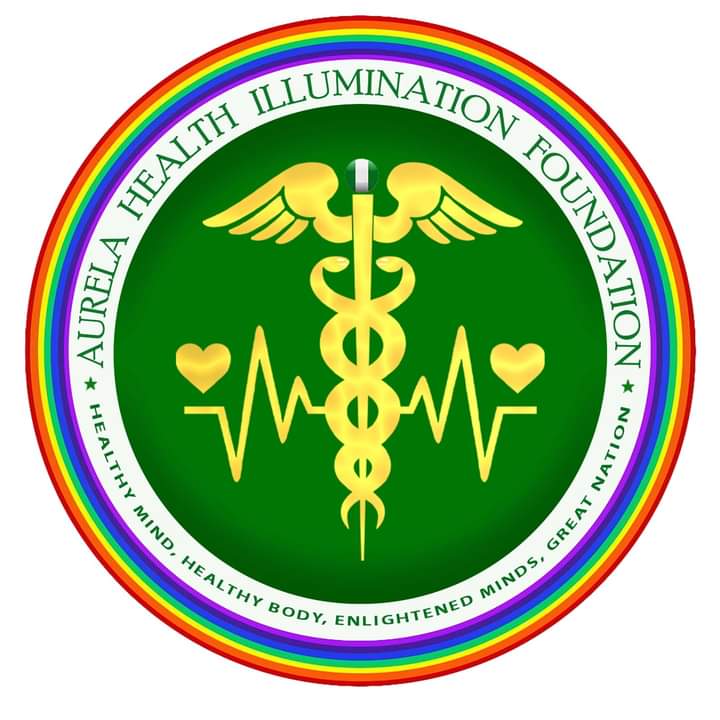WHO LAUNCHES FIRST GLOBAL GUIDELINE TO PROTECT PREGNANT WOMEN LIVING WITH SICKLE CELL DISEASE
The World Health Organization has introduced its first-ever global guideline for managing sickle cell disease during pregnancy, marking a major step toward improving health outcomes for thousands of women and babies at risk worldwide. This new guideline comes in response to growing health challenges faced by pregnant women living with the condition, many of which can result in life-threatening complications without proper care.
Sickle cell disease is a group of inherited blood disorders in which red blood cells become crescent-shaped and rigid, blocking blood flow and oxygen delivery to organs and tissues. This can lead to severe pain, chronic anaemia, frequent infections, strokes, and even organ failure.
These health risks become significantly more dangerous during pregnancy, as the body’s need for oxygen and nutrients increases. Women living with sickle cell disease are four to eleven times more likely to die during pregnancy compared to those without the condition. They are also at a higher risk of developing serious complications such as pre-eclampsia, while their babies face greater chances of stillbirth, low birth weight, or being born prematurely.
Pascale Allotey, Director for Sexual and Reproductive Health and Research at the World Health Organization and the United Nations’ Special Programme for Human Reproduction, highlighted the urgency of the new guideline. He explained that the aim is to reduce risks and improve survival by expanding access to early diagnosis, tailored treatment, and consistent monitoring throughout pregnancy.
With sickle cell disease becoming increasingly prevalent, the WHO is calling for more investments in healthcare systems to ensure pregnant women affected by the condition receive the life-saving care and support they need. This includes better access to screening services, skilled health professionals, and evidence-based therapies that are often missing in many health settings, especially in low-resource communities.
By prioritising sickle cell care in pregnancy, countries can reduce preventable deaths and ensure healthier beginnings for both mothers and their babies.
Allotey emphasized that with access to quality healthcare, women with inherited blood disorders such as sickle cell disease can experience safe pregnancies and healthy deliveries.
Until now, clinical practices for managing sickle cell disease during pregnancy have mostly been adapted from protocols in high-income countries. The World Health Organization’s new guideline is designed to change that by offering evidence-based recommendations that are practical and applicable in low- and middle-income countries, where the majority of cases and related deaths occur.
This comprehensive guideline features more than twenty recommendations. These include the use of folic acid and iron supplements, with specific adjustments for regions where malaria is common. It also outlines best practices for managing sickle cell crises and pain, preventing infections and blood clots, and using preventive blood transfusions when necessary. In addition, it calls for regular monitoring of both the mother and the baby throughout the pregnancy to detect and address potential complications early.
With this new approach, the WHO aims to improve care for pregnant women living with sickle cell disease and help reduce the high rates of maternal and newborn complications linked to the condition.
The guideline emphasizes the importance of providing respectful and personalized care that takes into account each woman’s unique needs, medical history, and preferences. It also highlights the need to address stigma and discrimination within healthcare systems, which remain significant barriers for individuals living with sickle cell disease in many parts of the world.
Dr Doris Chou, a medical officer and lead author of the guideline, explained that it is crucial for women with sickle cell disease to have the opportunity to explore their care options early in pregnancy or ideally before conception. She stressed the value of consulting with healthcare providers who are knowledgeable about the condition, so that informed and supportive care can be offered throughout the pregnancy journey.
Chou explained that this approach helps women make informed decisions about which treatments to continue or begin and how to prepare for possible complications. This collaboration is key to achieving the best possible outcomes for the woman, her pregnancy, and her baby.
Because of the complex nature of sickle cell disease, the guideline stresses the importance of assembling a skilled care team when a pregnant woman is diagnosed with the condition. This team may include specialists such as haematologists, along with midwives, paediatricians, and obstetrician-gynaecologists who focus on reproductive and newborn health.
Globally, an estimated 7.7 million people are living with sickle cell disease, a number that has increased by more than 40 percent since the year 2000. The condition is responsible for over 375,000 deaths each year and is most commonly found in malaria-endemic regions. Sub-Saharan Africa accounts for approximately eight out of ten cases, with other high-prevalence areas including parts of the Middle East, the Caribbean, and South Asia.
As populations move and people live longer, the sickle cell gene is becoming more widespread around the world. This shift highlights the growing need for maternity care providers everywhere to understand how to manage the disease effectively.
Sickle cell disease continues to be a neglected health issue that receives limited funding and research attention, even as its global impact grows. While treatment options are steadily improving for the general population, the guideline calls for urgent research into the safety and effectiveness of these treatments for pregnant and breastfeeding women — groups that have often been left out of clinical studies.
This publication marks the beginning of a new World Health Organization series focused on managing non-communicable diseases during pregnancy. It sets the stage for future guidelines that will cover conditions such as heart disease, diabetes, respiratory illnesses, mental health challenges, and substance use.
Chronic diseases are now widely acknowledged as major drivers of maternal and newborn deaths, as well as long-term health complications. By expanding its focus to include these conditions, WHO aims to improve care for expectant mothers and give more babies a healthy start to life. This new series reflects a growing global understanding that managing chronic illnesses during pregnancy is essential for safeguarding the health of both mother and child.




No comment